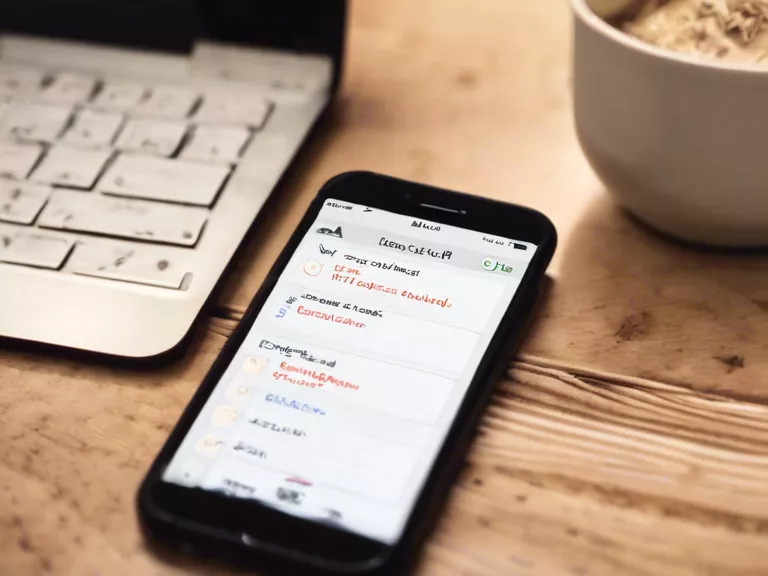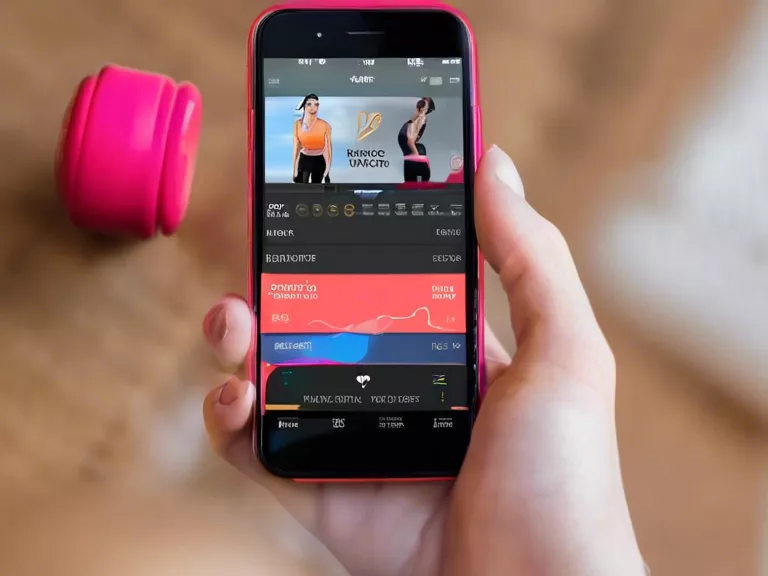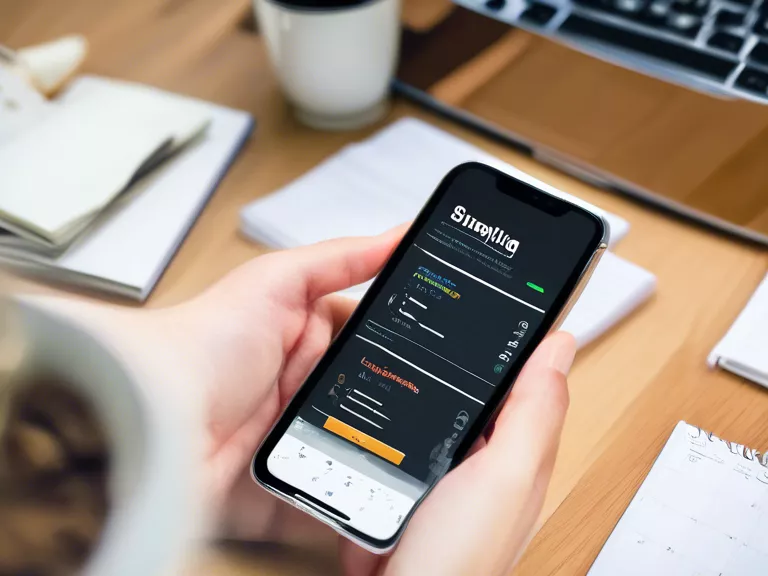
In today's fast-paced world, keeping track of your personal finances has never been easier thanks to a wide range of budgeting apps available on smartphones and computers. These apps can help you take control of your spending, saving, and overall financial health with just a few taps of your finger. By utilizing the features of budgeting apps effectively, you can set financial goals, monitor your expenses, and make informed decisions about your money.
One of the first steps to taking control of your personal finances is to set a budget. Budgeting apps like Mint, YNAB (You Need a Budget), and PocketGuard can help you categorize your expenses, set spending limits, and track your progress in real-time. These apps can also sync with your bank accounts and credit cards, making it easy to see where your money is going and identify areas where you can cut back.
Once you have established a budget, it's important to stick to it. Budgeting apps can send you alerts when you are approaching your spending limits or overspending in certain categories. By staying on top of your budget, you can avoid falling into debt and plan for future expenses like emergencies, vacations, or retirement.
In addition to monitoring your spending, budgeting apps can help you save money by setting goals and creating automated savings plans. Apps like Acorns and Digit can round up your purchases to the nearest dollar and transfer the spare change into a savings account. This "set it and forget it" approach to saving can help you build an emergency fund or save for big-ticket items without even thinking about it.
Overall, budgeting apps can be powerful tools in helping you take control of your personal finances. By setting a budget, tracking your spending, and saving for the future, you can make informed decisions about your money and achieve your financial goals.



